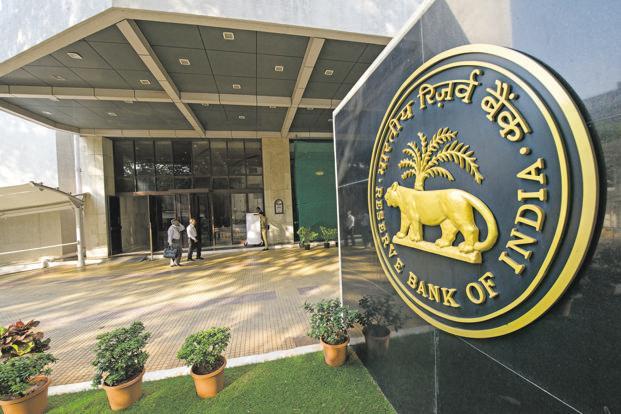In an effort to give a push to digital payments across the country, the Reserve Bank of India (RBI) on Friday said they are setting up a Payment Infrastructure Development Fund (PIDF) of Rs 500 crore. The RBI has made an initial contribution of Rs 250 crore covering half the fund. The remaining will come from the card issuing banks and card networks operating in the country.
This fund has been created to encourage acquirers to deploy point of sale (PoS) infrastructure, both physical and digital, in tier-3 to tier-6 centres and north eastern states. This is in line with the measures proposed by the vision document on payment and settlement systems in India 2019-2021.
The dedicated fund for deepening digital payments infrastructure will receive recurring contributions to cover operational expenses from card issuing banks and card networks and the central bank will also contribute to yearly shortfalls, if necessary. The fund will be governed through an advisory council but it will be managed and administered by the RBI.
“Over the years, payments ecosystem in the country has evolved with a wide range of options such as bank accounts, mobile phones, cards, etc. To provide further fillip to digitisation of payment systems, it is necessary to give impetus to acceptance infrastructure across the country, more so in underserved areas”, the RBI said.
The vision document had envisaged that the usage of debit cards at PoS transactions will be around 44 per cent of total debit card transactions by 2021. Increased deployment of card acceptance infrastructure across the country including at smaller centres with a substantial portion of the infrastructure taking care of processing contactless card payments, the vision document said. The enhanced ability of PoS infrastructure is supposed to reduce demand of cash over time. The vision document had estimated that by 2021, there will be around 5 million active PoS by 2021.
Last year, the RBI had also proposed to set up an Acceptance Development Fund which will be used to develop card acceptance infrastructure across small towns and cities.
